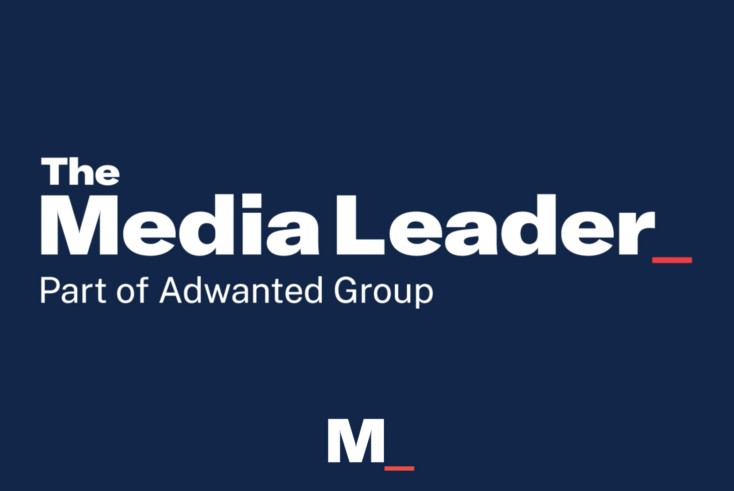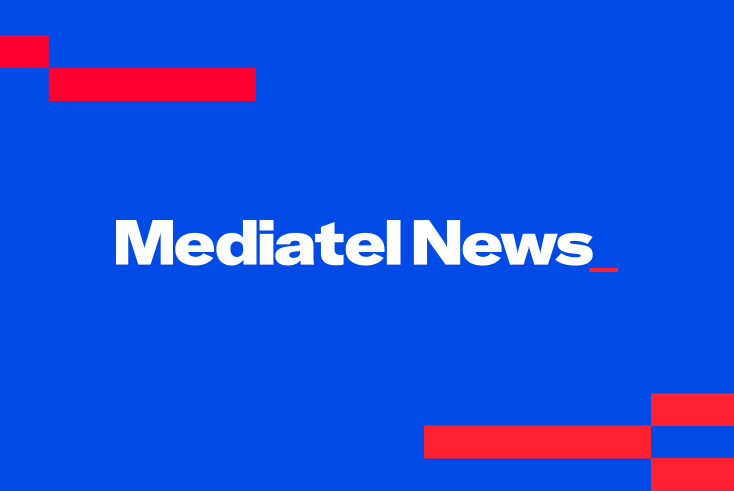|
MRG Conference: Tracking the Effectiveness of Radio Advertising



Thursday 16 November, the second day of the 2000 MRG Conference, saw Rupert Steele, head of new product development for the Radio Advertising Bureau (RAB), tackle the issue of “Tracking the Effectiveness of Radio Advertising.”
Steele partly attributes the massive increase in radio spend, from 2.7% of total advertising spend in 1990 to 5.7% in June 2000, to research demonstrating that radio works. In the past, research such as RAB’s case studies – “Ironing Board Studies” and “Impact Studies”- demonstrated that radio advertising works, but research was needed to show how well it works.
Radiolab, research conducted by RAB, Sales Points and Universal McCann, used telephone interviews to track advertising awareness and isolate the radio effect, he explained. Using radio listeners in Coventry and Birmingham, it found that advertising awareness increases both with a radio-only campaign and when used in conjunction with TV advertising. Millward Brown has created an awareness index demonstrating that a radio campaign has three-fifths of the effectiveness of a TV one.
Radiolab also investigated the attributes of the most effective campaigns and found that those which combined a high level of branding with a high enjoyment factor were the most successful.
However, Steele described a problem encountered when tracking the effectiveness of radio advertising – the misattribution of the source of advertising awareness to TV by those interviewed. The study found this was particularly likely to happen when the brand has a strong TV heritage and the radio creative has a big impact.
Report by Julie MacManus in Munich
